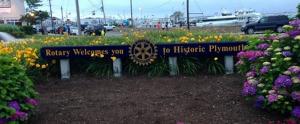'What We Do' Main Pages:
We have participated in, or actively supported, diverse projects around the world. .
more
We recognise that good regular social activity gels fellowship and enables completion of projects that we wish to undertake.
more
The Mayflower sailed from Plymouth in 1620 and our Club has formal links with our sister Club - The Rotary Club of Plymouth Massachusetts.
more
_14.jpg)



